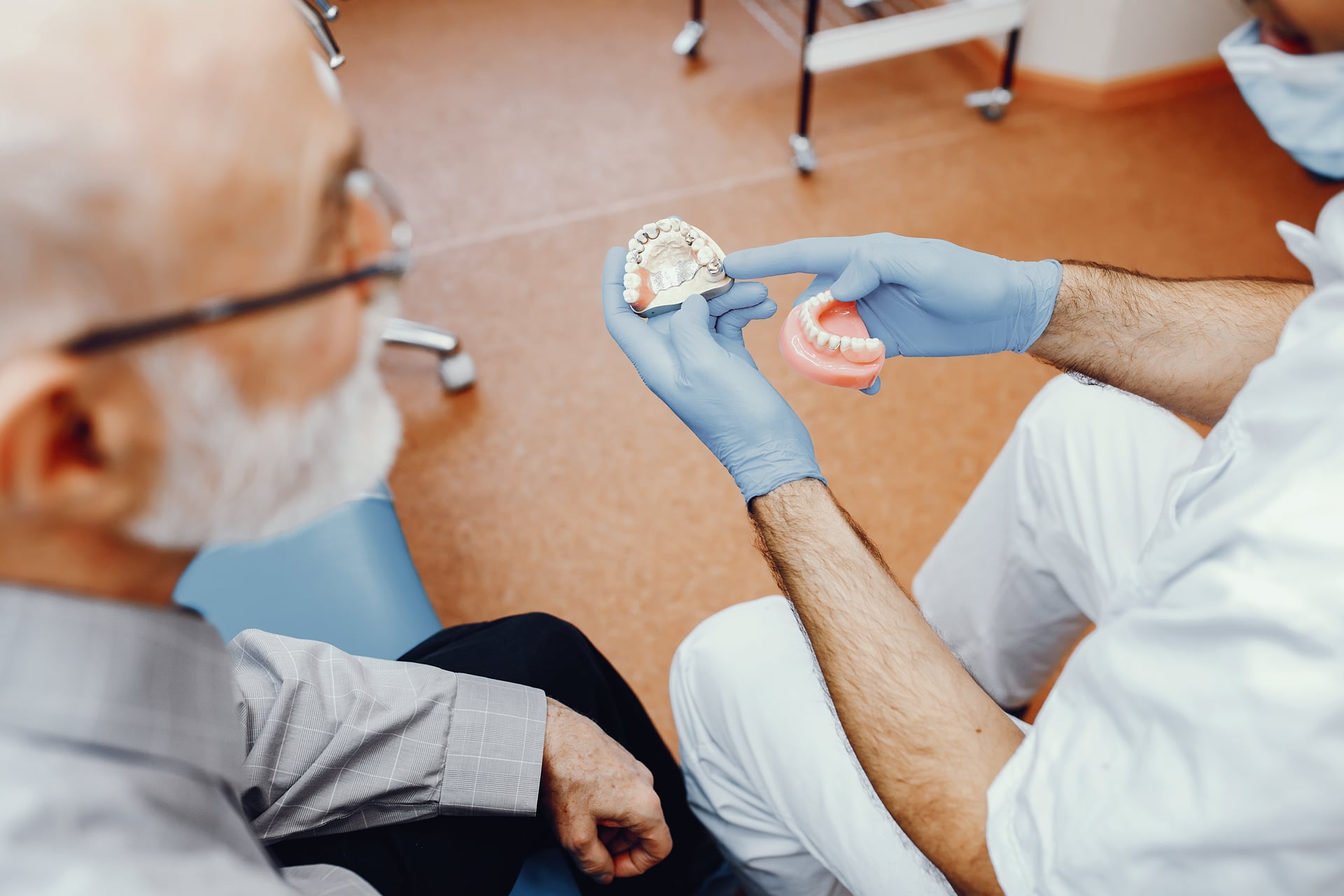Introduction
Dental implants are a long‑term option for replacing missing teeth. Costs depend on your specific clinical situation. This guide outlines the key drivers of cost, coverage considerations, and how to evaluate value—without overpromising timelines or outcomes.
Note: US fee data varies widely and authoritative, standardized national “averages” are limited. Discuss your personalized treatment plan and written estimate with your provider.
What Drives the Cost of Dental Implants?
-
Number of implants and teeth replaced (single‑tooth vs multi‑unit vs full‑arch restorations)
-
Need for adjunctive procedures such as bone grafts or sinus lifts
-
Imaging, surgical guides, and anesthesia/sedation
-
Abutment type and prosthetic materials (crown, bridge, or full‑arch prosthesis)
-
Follow‑up, maintenance, and management of any risk factors (e.g., history of periodontitis, smoking)
-
Sources: Mayo Clinic, Cleveland Clinic
Insurance, Benefits, and Financing
Some dental plans may cover components of implant treatment (for example, the crown or abutment) but not all parts of the procedure; medical benefits rarely cover dental implants except in specific circumstances. Coverage varies by plan—ask for a pre‑treatment estimate.
Many practices offer third‑party financing to spread costs over time.
- Tip: Ask your practice about third‑party financing partners and any in‑house savings plans.
Are Implants “Worth It”?
-
Potential benefits include stable function, preservation of bone where placed, and natural‑looking results.
-
Value is personal: consider long‑term durability, comfort, maintenance, and how the solution supports your health and quality of life.
-
Long‑term outcomes depend on case selection, surgical/restorative planning, and maintenance, including excellent home care and routine follow‑up.
-
Sources: Cleveland Clinic, Mayo Clinic, Peri‑implantitis review, 2020
Safeguards and What to Ask Your Provider
-
How will you assess bone volume and any grafting needs?
-
What is the step‑by‑step plan, timeline, and maintenance schedule?
-
How are infection prevention standards applied during oral surgical procedures? (For example, sterile saline or sterile water as a coolant/irrigant during implant surgery.)
-
What alternatives (e.g., conventional dentures or implant‑supported overdentures) fit my goals?
-
Source: CDC Best Practices
FAQs
- Why do quotes vary so much between offices? Diagnostic standards, implant systems, prosthetic designs, and whether adjunctive procedures are included can change estimates significantly. Case complexity is the main driver.
- Can insurance cover part of the treatment? Many dental plans cover some restorative components (e.g., crowns) but not the surgical implant. Benefits vary by plan; ask for a pre‑treatment estimate.
- Do financing options affect the total cost? Financing can spread payments over time. Some promotions may change the total paid depending on APR and term; review terms carefully.
Sources
- Mayo Clinic. Dental implant surgery — Overview and “What you can expect.” Accessed 2025. https://www.mayoclinic.org/tests-procedures/dental-implant-surgery/about/pac-20384622
- Cleveland Clinic. Dental Implants: Surgery, Purpose & Benefits. Accessed 2025. https://my.clevelandclinic.org/health/treatments/10903-dental-implants
- CDC. Best Practices for Oral Surgical Procedures — Dental Infection Prevention and Control. Accessed 2025. https://www.cdc.gov/dental-infection-control/hcp/dental-ipc-faqs/oral-surgical-procedures.html
- Rokaya D, et al. Peri‑implantitis update: risk indicators, diagnosis, and treatment. 2020. https://pmc.ncbi.nlm.nih.gov/articles/PMC7536094/





